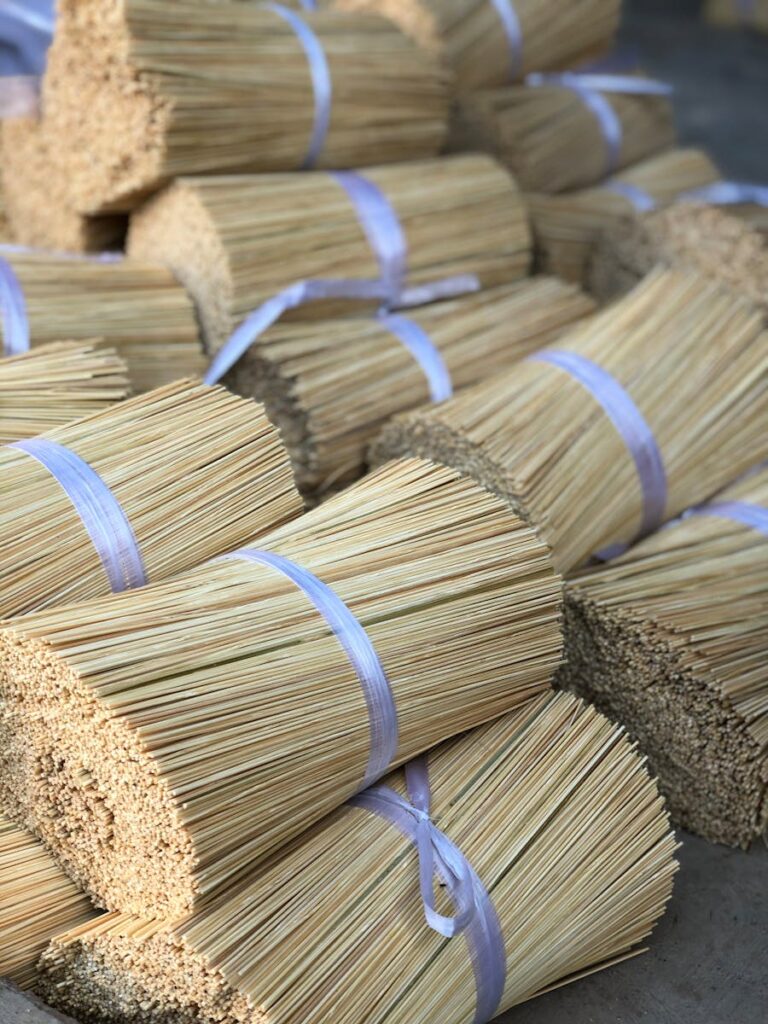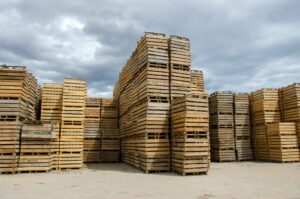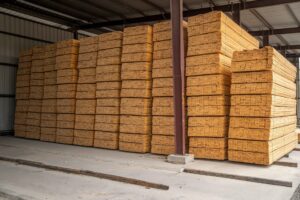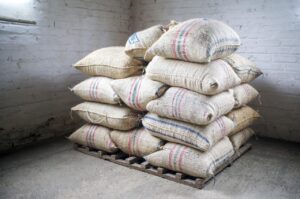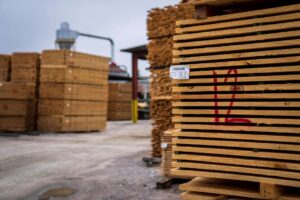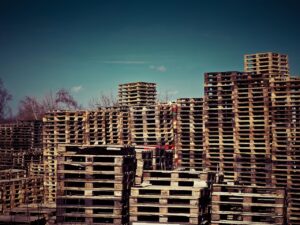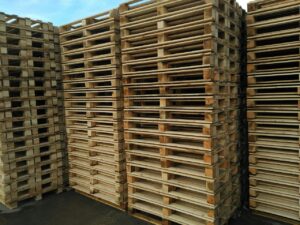Bamboo, a symbol of resilience and eco-friendliness, has been a fundamental part of many cultures and industries worldwide for centuries. Known for its fast growth, strength, and versatility, bamboo is widely utilized in various industries—from construction and furniture making to textiles and household items. Among its many applications, bamboo stick manufacturing stands out as a sustainable industry with immense potential. From producing chopsticks and incense sticks to supporting frameworks in gardening, bamboo sticks serve multiple purposes. This blog explores the intricate process, benefits, and sustainability of bamboo stick manufacturing, highlighting why this industry is vital for a greener future.
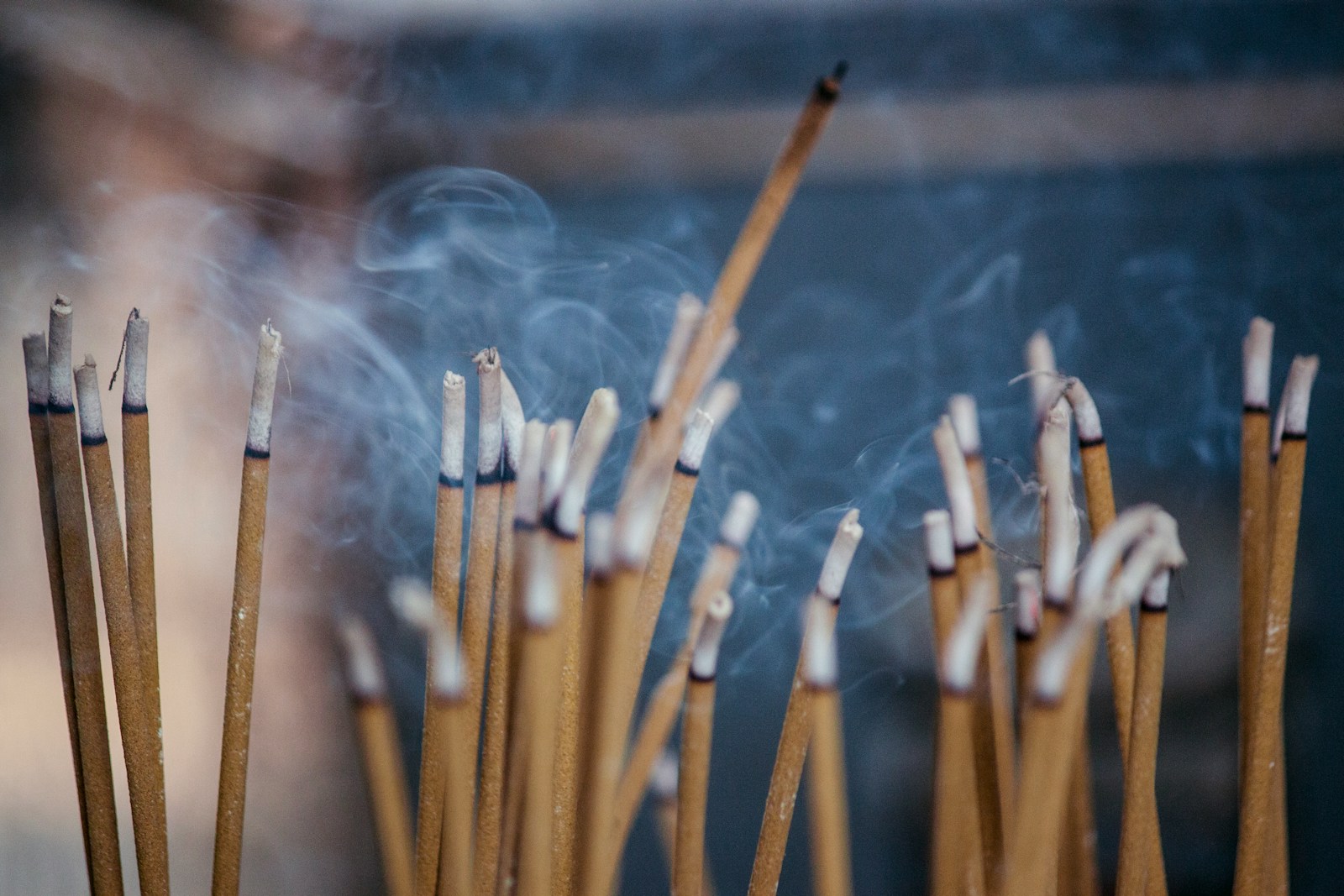
Why Bamboo? The Versatile Wonder Grass
Bamboo is a grass, not a tree, which makes it a unique resource. Its quick regrowth rate, often taking just three to five years to mature, makes it an ideal substitute for wood. The environmental benefits of bamboo are impressive—it absorbs high amounts of carbon dioxide, helps in preventing soil erosion, and requires little water and no pesticides to grow. This makes bamboo an environmentally sustainable choice for manufacturing.
In many parts of Asia and Africa, bamboo is not only a building material but also a source of livelihood, providing jobs in rural and urban areas alike. Its versatile applications make bamboo stick manufacturing a rapidly growing industry with the potential to support sustainable development and alleviate poverty.
The Manufacturing Process of Bamboo Sticks
The process of transforming bamboo into sticks involves various steps, each requiring skill and precision. Here’s an in-depth look at how bamboo sticks are manufactured:
1. Harvesting and Selection
Bamboo harvesting generally occurs during the dry season, as the moisture content in the culms (the main stalks) is lower, reducing the risk of cracking and fungal growth. Mature bamboo, aged between 3-5 years, is chosen for stick production because it offers the ideal balance of flexibility and strength.
2. Curing and Drying
After harvesting, the bamboo culms are cured to increase durability. Traditionally, this involves air-drying bamboo in a shaded area for a few weeks. Some manufacturers may opt for smoke curing, which also adds a darker shade and provides natural pest resistance. This drying process ensures that the bamboo sticks won’t warp or crack over time.
3. Splitting
Once cured, the bamboo culms are cut into shorter sections and then split into thinner strips. This is typically done using a machine for precision or manually in smaller manufacturing setups. These strips will later be shaped into uniform sticks, and the width of the strips depends on the intended use of the final product, whether thin for incense sticks or thicker for gardening supports.
4. Shaping and Sizing
Bamboo strips are fed into machines to obtain smooth, evenly sized sticks. High-end factories may use automated machines, while smaller producers often rely on semi-automated processes. After initial shaping, sticks are sanded to remove splinters and ensure smoothness.
5. Polishing and Smoothing
In this stage, bamboo sticks are polished using fine-grit sandpaper to create a smooth texture. This process is crucial for incense sticks, chopsticks, and other items that require a splinter-free finish. Some manufacturers also use polishing machines for a glossy appearance.
6. Quality Control
Quality control is essential in bamboo stick manufacturing, especially for products like chopsticks that come into contact with food. Each stick is inspected to ensure uniformity in shape, size, and finish, and to discard those with cracks or other imperfections.
7. Bundling and Packaging
Finally, the sticks are bundled and packaged according to size, thickness, and intended application. Incense sticks, for example, are usually packed in bulk for shipping, while chopsticks are often bundled in smaller quantities. Packaging for bamboo sticks is often done with eco-friendly materials to align with the sustainability focus of the industry.
Applications of Bamboo Sticks
Bamboo sticks have a wide range of applications:
- Incense Sticks: In many Asian countries, bamboo sticks form the core of incense, used widely for religious and cultural practices.
- Chopsticks: Bamboo chopsticks are common due to their lightweight nature, smooth finish, and eco-friendliness.
- Skewers and Toothpicks: As a biodegradable alternative to plastic, bamboo skewers and toothpicks are popular in the food industry.
- Gardening Supports: Bamboo sticks serve as natural plant stakes for gardening, as they are both durable and biodegradable.
- Craft and DIY: Bamboo sticks are popular in the crafting world, used for various DIY projects and handmade decorations.
Sustainability and Economic Impact
The bamboo stick manufacturing industry contributes significantly to sustainable development. By promoting bamboo cultivation, communities are encouraged to grow bamboo, which in turn helps to restore degraded land and reduce deforestation. The industry provides employment opportunities, particularly in rural areas, empowering communities and fostering economic growth.
Additionally, bamboo stick production generates minimal waste, as every part of the bamboo can be used in some way. Residual bamboo chips can be turned into biomass fuel, and sawdust can be used as a raw material for particle boards, making it a zero-waste industry.
Challenges in Bamboo Stick Manufacturing
Despite its benefits, the bamboo stick manufacturing industry faces some challenges:
- Supply Chain Issues: The supply of quality bamboo is often inconsistent due to seasonal factors and lack of proper harvesting techniques.
- Skilled Labor Requirement: Although bamboo stick production is sustainable, it requires skilled labor for various manual processes.
- Cost of Machinery: Modernizing bamboo stick production with automated machinery can be costly for small-scale producers, limiting their production capacity.
- Hardness of Indian Bamboo: Indian bamboo is generaly more harder which requires sharper and more durable blades in the machinery
The Future of Bamboo Stick Manufacturing
The future of bamboo stick manufacturing looks promising, with growing awareness of eco-friendly products driving demand. As technology advances, it’s likely that more efficient machinery and processing methods will emerge, enabling manufacturers to increase production while reducing costs. Additionally, as environmental policies increasingly favor sustainable products, bamboo sticks will gain popularity as viable alternatives to plastic and wood.
Bamboo has the potential to revolutionize sustainable manufacturing. With governments and organizations supporting green initiatives, bamboo stick manufacturing can lead to a significant reduction in carbon footprints and promote the livelihoods of millions of people globally.
The bamboo stick manufacturing industry exemplifies a harmonious blend of traditional craftsmanship and sustainable innovation. With a low environmental impact, diverse applications, and the ability to support rural economies, bamboo stick manufacturing is a beacon of hope in the quest for greener industrial practices. As we look toward a future that prioritizes environmental well-being, the humble bamboo stick may just become one of our most important natural allies.
Bamboo Stick Raw materials and Bamboo Stick Making Machines Suppliers in India
- Manufacturer
- +1 Bamboo Stick Manufacturer India
- Manufacturer
- +5 Dealer, Consultant, Construction, Bamboo Stick Manufacturer India, Startup

